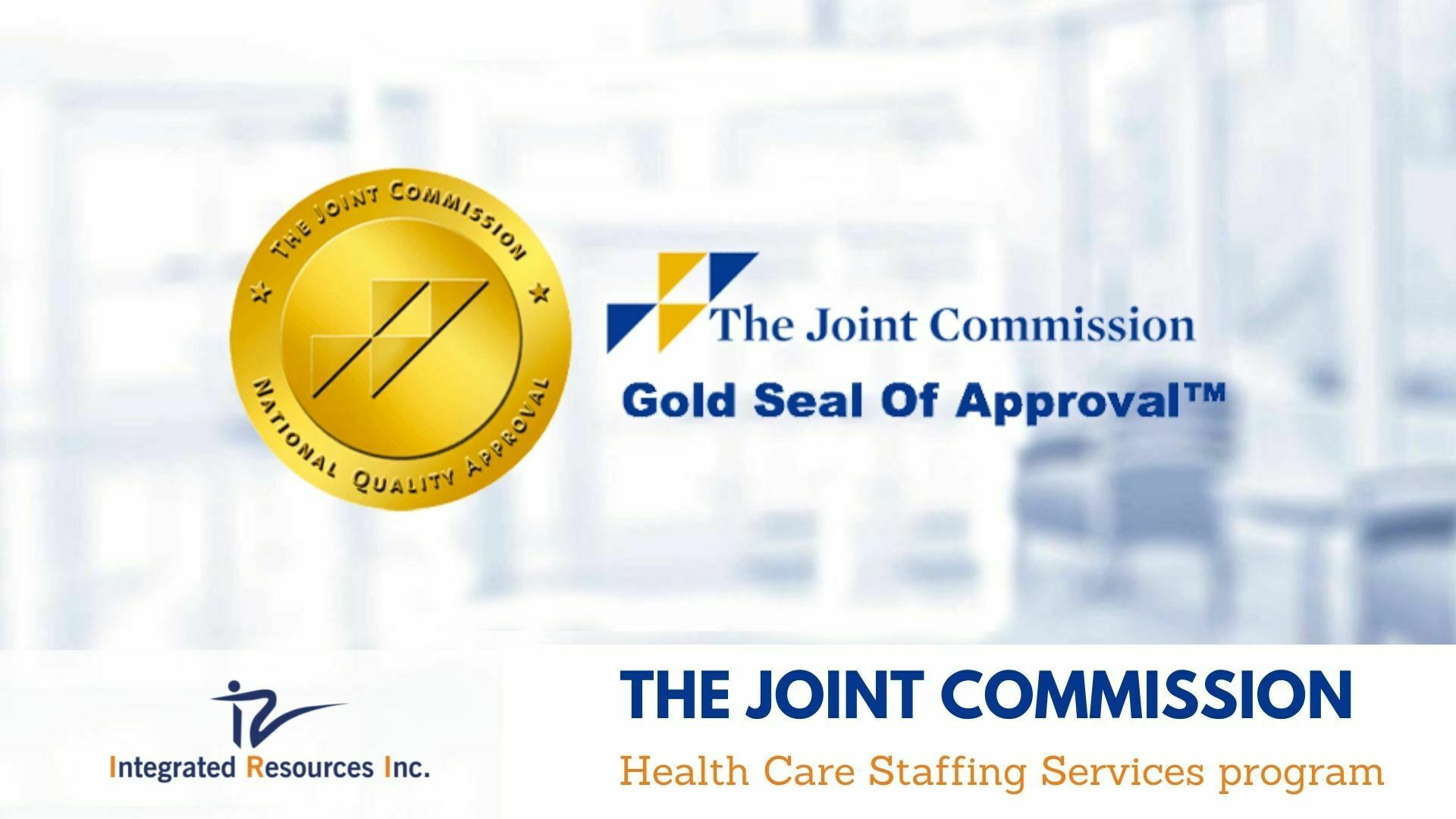Table of contents ▸
Introduction
Nowadays, in a fast pace and competition in recruitment, several companies will start looking into Recruitment Process Outsourcing (RPO) as the strategic answer to talent acquisition. This is outsourcing all or part of the recruitment process to outside experts focusing solely on the sourcing, screening, and onboarding of candidates. There is even no simple adoption of RPO without paying attention; real key long-term success is really about the right metrics.
Tracking key performance indicators-not surprisingly-will help businesses refine strategies and improve hiring outcomes while achieving alignment between recruitment and business objectives.
Here’s a blog that highlights important metrics in driving RPO success with insights on how organizations can come up with data-driven strategies to enhance hiring performance and efficiency.
The Importance of Metrics in RPO
Appropriate RPO metrics enable a company to:
- Measure Efficiency: Pinpoint bottleneck areas and optimize the recruitment cycle.
- Improvement in Quality: Ensure placement of high quality candidates.
- Drive Accountability: Hold the RPO provider accountable to performance standards.
- Decision Making: Align recruitment according to the wider business needs.
Key Metrics That Define RPO Success
1. Cost per Hire (CPH)
CPH measures the total cost involved in filling that position, including recruiter fees, job advertisements, onboarding, and background checks. Lowering costs without any reduction in quality is a hallmark of RPO effectiveness, enabling organizations to stretch their hiring budgets while attracting top talent.
2. Time to Fill (TTF)
TTF represents the number of days from the moment the job goes live until the date a candidate accepts an offer. A shorter TTF means that the RPO provider is sourcing and vetting the candidates efficiently and thus preventing loss in productivity due to vacant roles.
3. Quality of Hire (QoH)
Measure the performance and cultural fit of newly hired employees after a given period. It includes metrics like manager satisfaction, productivity levels, and retention rate. Obviously, high QoH stands for that the RPO understands what the business really requires and the type of top-notch candidates he will provide.
4. Offer Acceptance Rate
This is the percentage of job offers that are accepted by candidates. Most of the time, the higher this acceptance rate, the better the RPO is likely at presenting roles and correctly matching candidates with job offers that satisfy their expectations.
5. Candidate Experience and Satisfaction
Candidate experience is a potent way to strengthen the employer brand and persuade top candidates to accept the offer or even spread the word about the company. This metric can be gathered from post-interview questionnaires or through Net Promoter Scores (NPS). It indicates just how well the RPO partner represents your company.
6. Hiring Manager Satisfaction
Satisfaction levels for hiring managers are reflective of how happy internal stakeholders are with the RPO process. It helps in assessing whether the candidates presented are well qualified and aligned with culture, whether the hiring process fulfills department expectations.
7. Retention Rate
One of the best indicators of hiring quality is how long new hires stay with a company; in many cases, this is especially true for the first year. If new employees turnover at a high rate in the early months, it may indicate mismatches in selection, inadequate onboarding, or culture misfit—all areas an RPO should look to address.
8. Metrics on Diversity Hiring
Diversity and inclusion are becoming more prevalent. RPO success will then hinge on how well-peopled providers meet diversity hiring goals of an organization. The metrics might be, for instance, with demographic breakdowns of hires, or the pipeline of underrepresented groups.
Best Practices to Implement RPO Metrics

Set Clear Goals and KPIs
Before performance tracking can begin, companies should set criteria for their success. KPIs should correspond to what might be the goals identified by a company-whether it might be quality of candidates assessed, cost containment, or diversity enhancement.
Utilize Recruitment Analytics Software
Applicant tracking systems (ATS) and recruitment analytics tools provide true real-time data for a much deeper insight into performance metrics. Tools such as dashboards and automated reporting help to facilitate the evaluation process.
Frequent Reviews
A review schedule on a quarterly or monthly basis with RPO partners promotes continuous improvement. Reviews can provide an understanding of what is working, identify any gaps, and allow for changes to the strategy accordingly.
Encourage Openness
When there are communication barriers, an RPO relationship is unlikely to flourish. Communicate the possible feedback from hiring managers and candidates on the operations, and urge them to do likewise. This range of feedback creates a more agile recruitment process.
Conclusion
You are tracking the right metrics to make sure maximum success of recruitment strategy. Cost per Hire, Time to Fill, and Quality of Hire are metrics which paint a picture of how things are working and thereby guide strategic decision-making. With clarity on KPIs, analytics tool utilization, and clear communication with RPO providers, organizations will be best positioned to have recruitment efforts aligned with business goals while continuously improving them.
Whether your company is looking for speedy scaling, hiring cost reduction, or candidate quality improvement, measurement of these KPIs is critical in this trajectory.
Follow us on Social Media: LinkedIn | Facebook | Twitter | Instagram | YouTube











